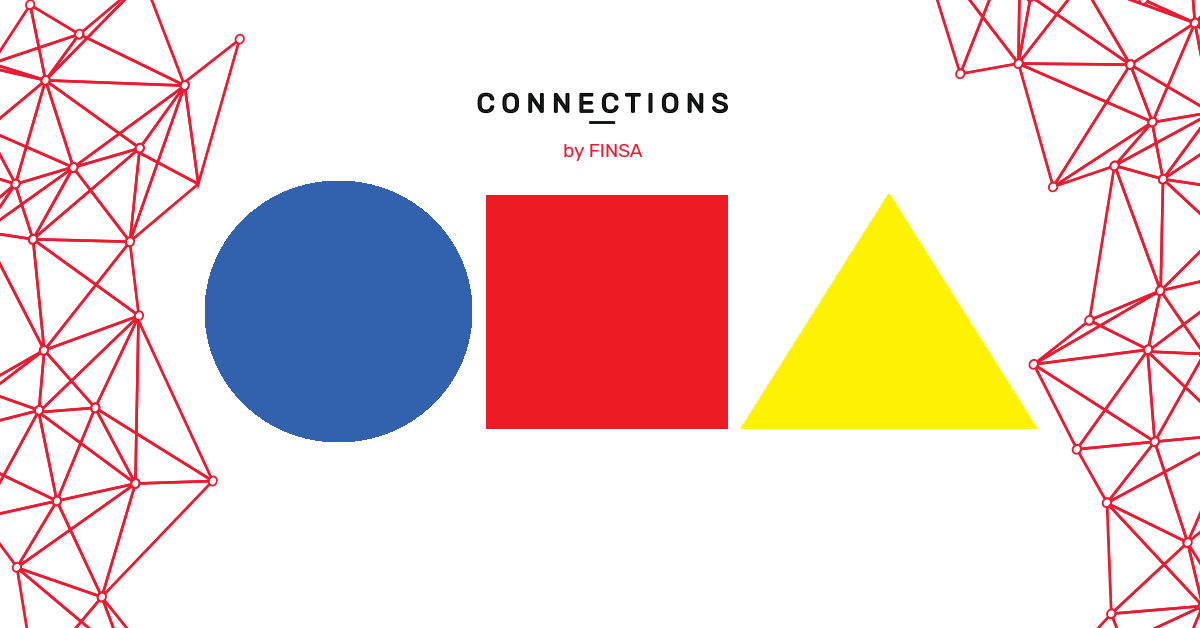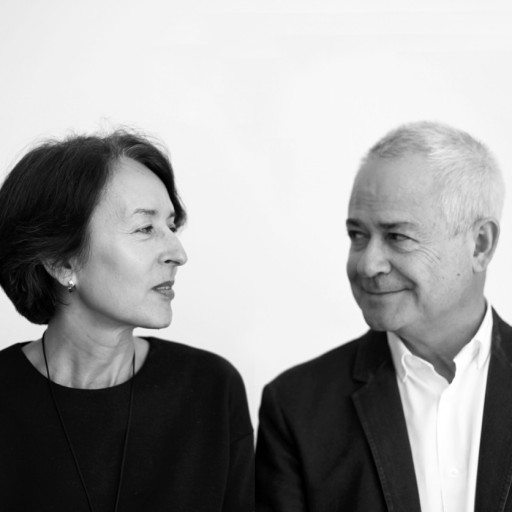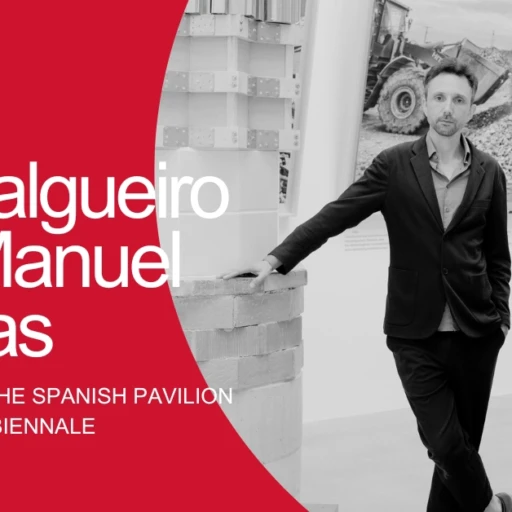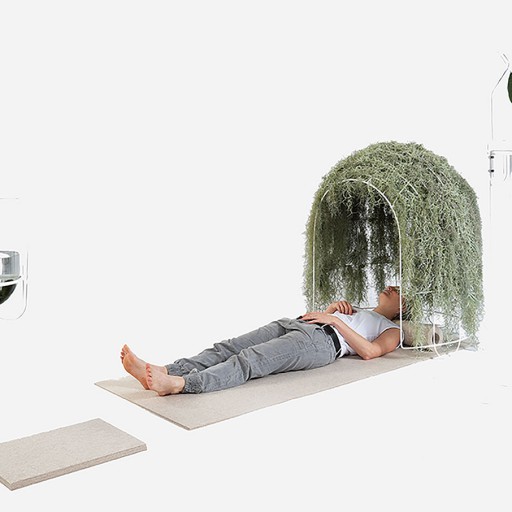Are we entering a new era? It might sound a little dramatic, but Europe is at a crossroads, and it must decide which path it wants to take.

The economic crisis, fighting climate change, and the consequences of the pandemic have seen the start of a revolution that will change the way we live and interact with each other. With that in mind, Europe has made a plan based on the Bauhaus School tradition. Want to know more? Read on.
Inspiration: the Weimar school
It’s not the first time that something like this has happened; Europe is constantly building and rebuilding itself. In fact, one hundred years ago, a similar need for change stirred things up all over the continent.
In 1919, Walter Gropius founded the Bauhaus School in Weimar under the motto “form follows function”. It was a turning point that transformed design, architecture, and art, bringing all these disciplines together and removing any semblance of hierarchy. The school became the most influential institution of the twentieth century.
The school itself had a short life, but its philosophy lives on. One hundred years later, we are looking to the Weimar school of thought for inspiration to help build the Europe of the future. The EU is hoping to find that spirit again and adapt it to the 21st century, helping the continent reinvent itself in the process. This is how The New European Bauhaus was formed.
Ver esta publicación en Instagram
The New European Bauhaus: Circular Architecture
Ursula von der Leyen, the President of the European Commission, put forth the challenge in September 2020, saying “I want NextGenerationEU to kickstart a European renovation wave and make our Union a leader in the circular economy. But this is not just an environmental or economic project: it needs to be a new cultural project for Europe”.
The New European Bauhaus is about taking the philosophy from the original school and applying it to contemporary Europe. It will use interdisciplinarity, creativity, and transversality to build a project with three main objectives: sustainability, aesthetics, and inclusion.
The challenge is clear. The plan to get post-COVID Europe back on its feet is an opportunity to promote more sustainable, eco-conscious versions of architecture and design. This means that The New Bauhaus must be green.
“Our current levels of consumption of raw materials, energy, water, food and land use are not sustainable. We need to change how we treat nature, how we produce and consume, live and work, eat and heat, travel and transport,” said von der Leyen.
A plan with three phases
How will Europe achieve all this? The idea is for participatory and dialogic process that will take place in following three phases, resulting in the new Europe:
- Delivery. This is the current phase. A roundtable has been created to help define the New European Bauhaus concept. The rules will be defined based on existing examples, problems awaiting a solution, and ideas that will help solve them. This will all culminate with an awards ceremony in the summer for projects that represent the values of this new movement.
- Delivery. Five pilot projects from different countries in the EU will be chosen based on their use of inclusive solutions and sustainability as well as style and aesthetics.
- Dissemination. During this third phase, the ideas and concepts of the new school will be disseminated in order to share the knowledge that has been gained.
Ver esta publicación en Instagram
Construction and restoration: two key sectors
As we move towards a greener, aesthetically pleasing, and inclusive future, the construction sector will have a big role to play, specifically when it comes to restoration.
Buildings currently generate 40% of the EU’s emissions, so the sector will take on the challenge of transforming itself and becoming more sustainable. Lluis Comerón, the president of the Consejo Superior de los Colegios Arquitectos de España (Spain’s Superior Council of Architects), says that “we must see this transformation as essential for ensuring people’s wellbeing and environmental equilibrium so that these things help society progress instead of holding it back”.
Buildings need to be less wasteful, less expensive, and more sustainable. We’ve already written about the push for Nearly Zero Energy Buildings and Passivhaus standards. Now we need to go one step further and find a way to construct buildings and surrounds that are in harmony with the environment.
As von der Leyen pointed out, “we know that the construction sector can even be turned from a carbon source into a carbon sink, if organic building materials like wood and smart technologies like AI are applied”.
Ver esta publicación en Instagram
Wood4Bauhaus: wood as a gamechanger
The president of the EC has also highlighted the fact that wood will be essential to achieving the goal of a greener Europe. With that in mind, this sector has become a key partner in the development of the New Bauhaus.
The first step was to create an open platform to bring together all the key players. Enter Wood4Bauhaus, a space for discussion that has three main goals:
- To raise awareness for the transformative power of the Circular Economy
- To put a spotlight on the versatility of innovative wood products and building systems.
- To facilitate dedicated co-creation partnerships with the wood sector for the New European Bauhaus.
The platform’s first act was to hold the virtual wood4bauhaus conference, which brought together more than 1,000 participants including companies, designers, and representatives from civil society. The conference demonstrated the aesthetic beauty and sustainability of wood when it is used in the type of construction that works towards a carbon neutral society.
Hans ‐ Joachim Schellnhuber from the Potsdam Institute for Climate Impact Research in Germany has said that “we need to create carbon sink alternative and wood-based construction is the perfection solution”.
Ver esta publicación en Instagram
It is possible to match sustainability with style. It is possible to link technology with culture. We just need to dare!” – Ursula von der Leyen




